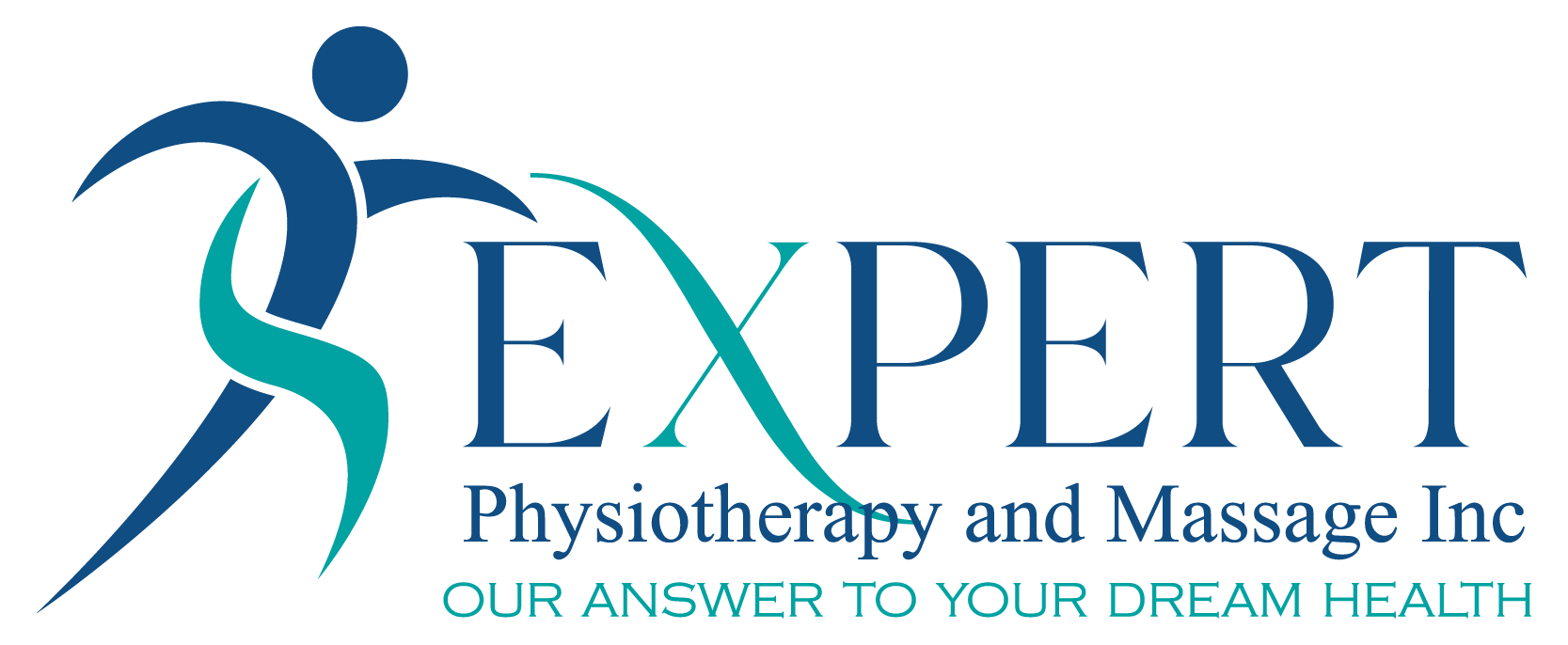Knee pain is one of the most common complaints we see at Expert Physiotherapy and Massage Inc, and a leading cause is knee arthritis. Whether you’re walking up the stairs, playing with your grandkids, or just getting out of a chair — that deep, nagging ache can really slow you down.
But here’s the good news: You don’t have to live with knee pain. With the right physiotherapy plan, you can regain strength, reduce stiffness, and keep moving pain-free.
🧠 What is Knee Arthritis?
Knee arthritis is a condition where the cartilage in the knee joint gradually wears down, leading to pain, inflammation, and reduced mobility. The most common types are:
- Osteoarthritis (wear-and-tear, age-related)
- Rheumatoid arthritis (autoimmune, inflammation-related)
- Post-traumatic arthritis (due to past injuries)
As cartilage deteriorates, bones may rub together, causing swelling, stiffness, and pain that worsens with activity.
🦴 Anatomy of the Knee
The knee joint includes:
- Femur (thigh bone)
- Tibia (shin bone)
- Patella (kneecap)
- Cartilage: cushions and smooths joint movement
- Menisci: shock absorbers
- Ligaments & Muscles: stabilize and move the joint
When arthritis sets in, the cartilage thins, bone spurs may form, and the joint becomes inflamed.
🚶♂️ Common Symptoms of Knee Arthritis
- Pain during movement or after activity
- Morning stiffness or after prolonged sitting
- Swelling and warmth
- Clicking or grinding sounds
- Limited range of motion
- Difficulty kneeling, squatting, or climbing stairs
💪 How Physiotherapy Helps
At Expert Physiotherapy and Massage Inc, we offer a personalized, evidence-based approach to managing knee arthritis.
✅ 1. Pain Relief Techniques
- Manual therapy to mobilize stiff joints
- Soft tissue massage to reduce inflammation
- Modalities like ultrasound, laser therapy, or TENS for pain control
✅ 2. Strengthening & Stretching
- Focused exercises for quadriceps, hamstrings, glutes and calf muscles
- Stretching to improve flexibility and reduce strain
✅ 3. Joint Protection & Education
- Advice on posture, joint alignment, and activity modification
- Supportive braces, orthotics, or kinesiology taping if needed
✅ 4. Dry Needling & IMS
- Targeted trigger point release to reduce muscle tension and referred pain
✅ 5. Weight Management & Lifestyle Coaching
- Guidance on physical activity, diet, and general wellness — since every pound lost reduces knee joint load by 4 pounds!
🧍 Functional Activities Improved with Treatment
Physiotherapy can help restore:
- Going up/down stairs without pain
- Walking longer distances
- Squatting or kneeling comfortably
- Sleeping without waking up from pain
- Returning to hobbies like gardening, golf, or dancing
⚠️ Risks of Not Treating Knee Arthritis
- Increased joint degeneration
- Muscle weakness and balance issues
- Greater dependence on painkillers or even surgery
🛡️ When to See a Physiotherapist
If you have:
- Recurring knee pain or swelling
- Trouble doing daily activities
- A diagnosis of osteoarthritis
…then it’s time to act.
👨⚕️ How We’re Different at Expert Physiotherapy and Massage Inc
Unlike other clinics that offer generic plans, we pride ourselves on:
- One-on-one expert care
- A multidisciplinary team (physio + massage + kinesiology)
- State-of-the-art equipment and treatment modalities
- A compassionate, patient-first approach
We take your imaging and reports seriously, but we also go beyond them — treating the person, not just the X-ray.
📞 Ready to Take the Next Step?
Don’t let knee arthritis hold you back from the life you love. Let us help you move pain-free again.
📍 Visit us at Expert Physiotherapy and Massage Inc, Calgary
📞 Call us today to book your personalized assessment
Frequently Asked Questions About Knee Arthritis
1. What does arthritis in the kneecap feel like?
You may experience pain around or behind the kneecap, especially during activities like climbing stairs, squatting, or sitting with bent knees. It often feels like aching, stiffness, or grinding.
2. What are the symptoms of arthritis in your knee?
Common symptoms include pain, swelling, stiffness, reduced motion, grinding or popping sensations, and sometimes instability.
3. How do you treat arthritis in the knee?
Treatment involves physiotherapy, exercise, weight management, pain relief (heat, cold, medication), supportive footwear, and occasionally injections or surgery.
4. How to lubricate knee joints naturally?
Stay hydrated, eat omega-3 rich foods, collagen-supporting nutrients, and maintain a healthy weight to support joint lubrication.
5. Is walking good for knees with arthritis?
Yes, low-impact walking strengthens muscles and improves joint function when done regularly and within comfort limits.
6. Does knee arthritis ever go away?
It is chronic and usually does not fully resolve, but symptoms can be well-managed.
7. Is it better to use heat or cold for arthritis?
Heat helps with stiffness and muscle relaxation; cold reduces inflammation and pain. Use heat before activity and cold after flare-ups.
8. How can I stop my knee arthritis from progressing?
Maintain a healthy weight, stay active, strengthen muscles, wear supportive footwear, eat anti-inflammatory foods, avoid overuse, and keep up physiotherapy.
9. What worsens knee arthritis?
Overuse, excess weight, poor biomechanics, ignoring pain, inactivity, inadequate footwear, previous injuries, inflammation, and repetitive bending or kneeling.
10. What happens if arthritis in the knee is left untreated?
It can cause worsening joint damage, pain, loss of mobility, muscle weakness, deformities, falls, medication dependence, and surgery.
11. Why has my knee arthritis suddenly got worse?
Causes include increased activity, injury, inflammation, muscle weakness, medication changes, lack of rest, weight gain, or footwear changes.
12. Should I keep my knee straight or bent?
During flare-ups, keep your knee slightly bent to reduce pressure. Avoid prolonged fully straight or bent positions. Gentle movement helps flexibility.


